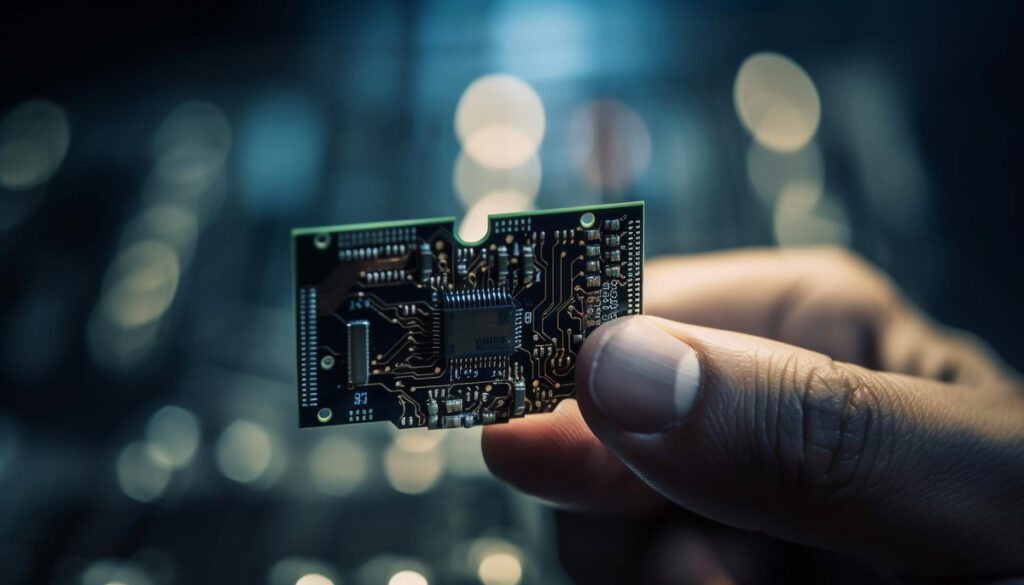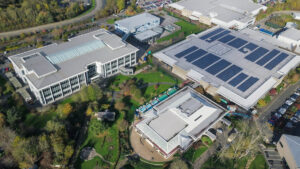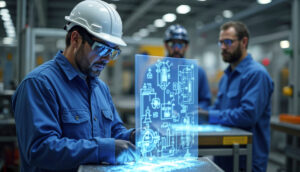In the era of digital transformation, the silent heroes shaping our connected world are sensors—remarkable devices that silently observe, measure, and interpret the intricacies of our surroundings. As of 2022, the global market has burgeoned into a multi-billion-dollar industry, with a projected compound annual growth rate (CAGR) of 9.3% from 2021 to 2028. According to Statista, the global market was valued at approximately 152 billion U.S. dollars in 2021, underlining the pivotal role it plays in our technological landscape.
This comprehensive overview embarks on a journey through the sensor companies in Scandinavia, dissecting the myriad types, working principles, and applications that collectively redefine how we perceive and interact with our environment. From temperature sensors steering climate control systems to advanced biometric sensors securing our devices, the array of its applications is as diverse as it is impactful.
Furthermore, this exploration delves into the intricate working principles behind sensors, unraveling the magic of resistive, capacitive, optical, and piezoelectric technologies. The implications of these principles are far-reaching, touching industries as varied as healthcare, automotive, industrial automation, smart cities, and consumer electronics.
Beyond the theoretical, this article spotlights 13 pioneering sensor companies in Scandinavia, each contributing uniquely to the landscape. From energy-efficient displays and organic solar cells to vibration energy harvesting and innovative smart building solutions, these companies exemplify the intersection of technological prowess and real-world application.
Table of Contents
Overview of Sensor Technology
Sensor technology has become an integral part of our modern world, permeating various industries and applications. These are devices that detect and measure physical properties, environmental conditions, or changes in a given system, converting this information into electrical signals. These signals are then processed to provide valuable data for decision-making, control systems, and automation. The following provides a comprehensive overview of sensor technology.
1. Types of Sensors
- Temperature: Measure temperature changes and are crucial in applications ranging from climate control to industrial processes.
- Pressure: Monitor changes in pressure and find applications in automotive, aerospace, and medical devices.
- Motion: Detect movement and are commonly used in security systems, gaming devices, and smartphones.
- Proximity: Detect the presence or absence of an object and are employed in touchscreens, robotics, and manufacturing.
- Light: Respond to changes in light levels and are essential in cameras, smartphones, and automatic lighting systems.
- Biometric: Identify and measure unique biological features, commonly used in fingerprint scanners and facial recognition systems.
- Gas: Monitor the concentration of gases and find applications in environmental monitoring and industrial safety.
2. Working Principles
- Resistive: Change resistance in response to a stimulus, commonly used in temperature and pressure sensors.
- Capacitive: Measure changes in capacitance and are employed in touchscreens and proximity sensing.
- Optical: Use light to detect changes in the environment and are found in cameras, light sensors, and barcode scanners.
- Piezoelectric: Generate electrical charges in response to mechanical stress, commonly used in accelerometers and vibration sensors.
- Magnetic: Respond to changes in magnetic fields, used in compasses, navigation systems, and automotive applications.
3. Applications
- Automotive Industry: Sensors play a crucial role in vehicle safety, emission control, and advanced driver-assistance systems.
- Healthcare: Used in medical devices, monitoring systems, and diagnostics for patient care.
- Industrial Automation: Sensors enable precision control in manufacturing processes, ensuring efficiency and quality.
- Smart Cities: Sensors are integral to urban planning, traffic management, and environmental monitoring.
- Consumer Electronics: Found in smartphones, wearables, and smart home devices, enhancing user experience and functionality.
This technology continues to evolve, driving innovation across diverse sectors. Its ability to collect real-time data and facilitate automation makes it a cornerstone in shaping the future of technology and industry. As advancements persist, sensors are expected to play an increasingly pivotal role in creating smarter, more connected, and efficient systems.
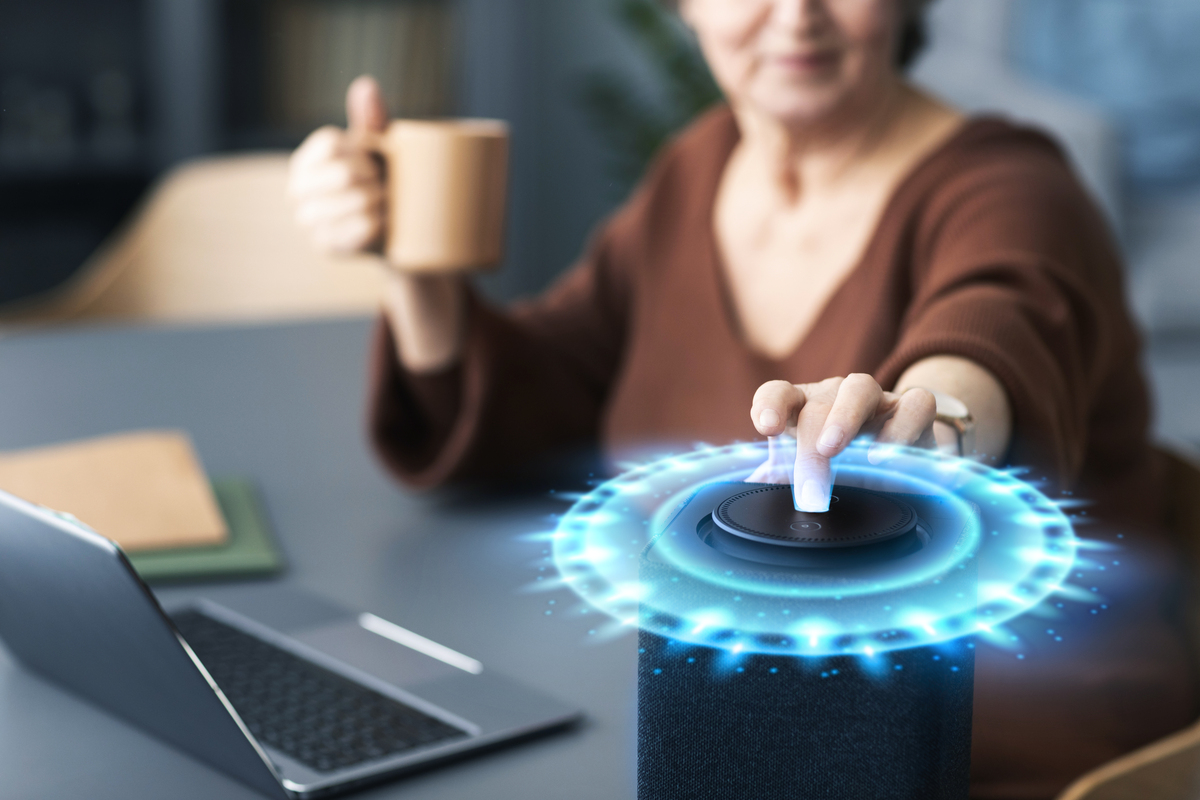
Top Sensor Companies in Scandinavia
Scandinavia hosts a cadre of cutting-edge companies in Scandinavia at the forefront of technological innovation. From Sweden’s rdot, specializing in energy-efficient displays, to Denmark’s Leapcraft, leveraging AI-supported sensor fusion for HVAC energy optimization, and Norway’s Magseis Fairfield, excelling in Ocean Bottom Seismic services. These companies exemplify the region’s commitment to pioneering advancements in sensor technology, revolutionizing industries worldwide with their diverse applications, ranging from renewable energy and geophysics to smart building solutions and beyond.
1. rdot
Location: Sweden
rdot Displays, one of the sensor companies in Scandinavia identified as rdot AB (559092-9831), specializes in delivering cost-effective and energy-efficient printed display technology for diverse applications, including IoT, sensors, packaging, disposables, medical technology, electronic shelf labels, consumer electronics, and smart home solutions.
Concerning power consumption, the rdot display operates on a “semi bistable” principle, maintaining images without power for extended periods. The bistability period is adjustable, ranging from minutes to days, catering to different driving scenarios. Operating within the 1 to 3 Volts range, the energy consumption typically falls within the microwatt category, positioning rdot displays as one of the most energy-efficient options available.
Cost-effectiveness is achieved through mass production using roll-to-roll screen printing processes, ensuring unparalleled efficiency for large quantities. For smaller volumes and rapid prototyping, a semi-automated sheet-to-sheet production line is also available, maintaining cost-effectiveness.
In terms of form factor, rdot displays exhibit flexibility and bendability, with a total thickness ranging from 100 to 200 micrometers. The tunable segments are highly customizable, allowing for printing in various geometries and colors.
rdot Displays prioritizes the use of organic, eco-friendly, and non-hazardous materials. All printed layers are organic and mostly water-soluble, and the adoption of organic conductive polymers eliminates the need for mining rare materials like ITO (Indium Tin Oxide).
The combination of these attributes positions rdot displays uniquely, meeting the anticipated demand for energy-efficient and cost-effective displays in the printed electronics and Internet of Things/Everything landscape. These displays offer opportunities for integration into unconventional items such as packaging and labeling, as well as conventional applications in battery-driven devices.
The collaborative process with rdot Displays involves four key steps: evaluation, custom development projects, pilot production, and, ultimately, mass production or licensing. This systematic approach allows clients to assess and tailor the technology to their specific requirements before scaling up production.
2. Epishine AB
Location: Sweden
Established in 2016, Epishine, one of the sensor companies in Scandinavia, pursues the commercialization of organic solar cells, striving to make solar energy more scalable, resource-efficient, and cost-effective. The sensor companies in Scandinavia adopt a phased market entry strategy, aligning with the evolution of its innovative technology.
The initial phase involves deploying solar cells for indoor applications, where Epishine has already established itself as a market leader. Following this, they plan to extend the use of their solar cells to outdoor settings, starting with material integration in areas where traditional solar cells are impractical. The ultimate objective is to achieve large-scale energy production once the full potential of their technology is realized.
Epishine’s primary focus in the first phase is on the burgeoning Internet of Things (IoT) market. They aim to revolutionize this space by replacing batteries in low-power devices, particularly sensors used in building and home automation and consumer electronics, with their light energy harvesting modules. This strategic decision is rooted in Epishine’s superior efficiency indoors, attributed to its distinctive cell structure and material properties optimized for seamless integration with small devices like sensors. This strategic move positions Epishine at the forefront of innovation within the solar energy sector.
3. Revibe Energy
Location: Sweden
Founded to power the Industrial Internet of Things reliably, flexibly, and sustainably, ReVibe Energy has overcome historical challenges in achieving this objective. Leveraging a distinctive vibration energy harvesting technology, the company’s products present customers with the opportunity to convert existing vibrations in most industrial environments into electricity, providing a comprehensive power source for their sensor and monitoring systems.
In industrial settings where vibrations are prevalent, ReVibe Energy’s wireless sensor systems eliminate the need for batteries and cables as the primary power source, subsequently reducing the life cycle cost of monitoring systems. The significant advantage lies in the liberation of monitoring and sensing capabilities in areas previously deemed inaccessible due to the constraints of expensive cable installation or battery replacement requiring physical access. This breakthrough not only broadens the scope of data collection but also enhances the potential for selling valuable data and information to end customers.
In summary, ReVibe Energy’s commitment to revolutionizing power sources for the Industrial Internet of Things has resulted in a game-changing technology that expands monitoring possibilities, reduces costs, and opens up new avenues for data-driven services in the industrial sector.
4. Motion Control AB
Location: Sweden
Functioning as a product development entity specializing in electronics and embedded systems, Motion Control has played a pivotal role in advancing various domains such as industrial electronics, sensors, sensor systems, embedded systems, wireless communication, automation, trains, health technology, and elder electronics.
The expertise of Motion Control extends to the comprehensive development of electronics, covering both hardware and firmware (built-in software), as well as proficiency in software development including computer programs and applications, alongside a focus on mechanical aspects.
For over a decade, Motion Control has established a collaborative partnership with Mälardalens University in Västerås. This enduring alliance encompasses endeavors in health technology and heating control for buildings. Within these realms, Motion Control actively engages in the creation of hardware and software solutions, including sensors and sensor systems, incorporating advanced signal processing techniques across diverse applications. This prolonged collaboration underscores Motion Control’s dedication to technological advancement and innovation, showcasing its adeptness in interdisciplinary projects that seamlessly integrate electronics, software, and mechanical components.
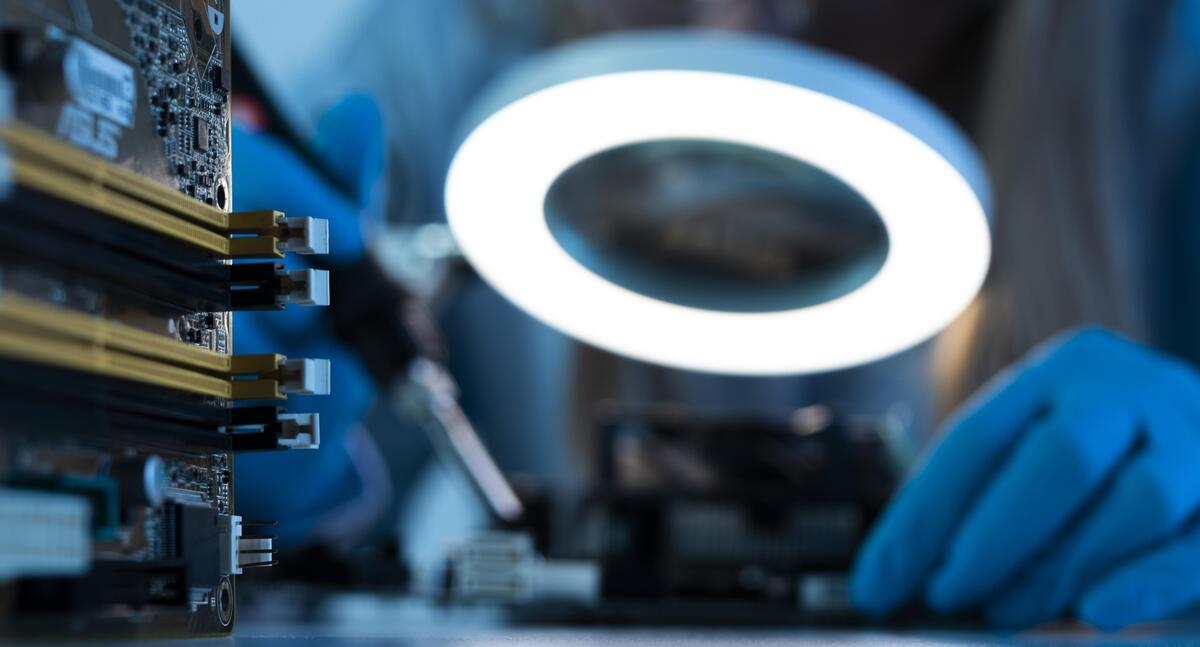
5. Litech AS
Location: Norway
Waste facilities worldwide contend with recurrent fires in their waste fractions, a persistent issue that, while often innocuous, carries the potential for extensive and catastrophic consequences. These fires stand out as one of the most significant threats to waste management, impacting both the environment and finances. A mere spark can lead to the rapid destruction of an entire facility, incurring damages totaling hundreds of thousands of Euros within minutes.
An overwhelming 8 out of 10 of these fires trace their origins to unidentified lithium- and lithium-ion batteries. Addressing this widespread challenge, Litech is at the forefront of developing a revolutionary control system aimed at detecting batteries within fragmented waste streams. Their methodology involves inducing a magnetic field through the waste, yielding a distinctive fingerprint of the material composition. These fingerprints are then organized into clusters, forming the foundation for AI models capable of discerning components likely to contain batteries from those that do not.
Litech aspires to establish itself as the preeminent provider of battery detection methods across the entire waste industry. Their innovative approach, focusing on the detection and safe removal of batteries, holds the promise of enhancing waste management through improved recycling rates, cost reduction, and heightened health and safety standards for industry personnel.
6. Soundsensing
Location: Norway
IoT sound sensors, harnessing the power of Machine Learning, have emerged as invaluable tools for the detection and classification of various events and conditions of interest. This cutting-edge technology is particularly instrumental in the realms of Noise Monitoring across diverse sectors such as industry, construction, and office spaces. Simultaneously, it plays a crucial role in Condition Monitoring, aiding in the assessment of technical equipment within the spheres of manufacturing and buildings.
In the context of Noise Monitoring, these IoT sound sensors utilize advanced Machine Learning algorithms to analyze and interpret sound patterns, distinguishing between different types of noises. This capability proves especially beneficial in industrial settings, where the identification of specific sound signatures associated with machinery or potential issues is paramount. Additionally, in construction and office environments, the sensors contribute to creating healthier and safer spaces by monitoring noise levels and alerting to excessive or disruptive sounds.
For Condition Monitoring, the integration of IoT sound sensors with Machine Learning facilitates real-time analysis of the acoustic characteristics emitted by technical equipment. This enables the early detection of anomalies or irregularities in the soundscape, signaling potential malfunctions or maintenance needs. This proactive approach aids in preventing equipment failures, minimizing downtime, and optimizing the overall operational efficiency of manufacturing processes and building systems. In essence, the combination of IoT sound sensors and Machine Learning represents a transformative synergy, enhancing both Noise Monitoring and Condition Monitoring across a spectrum of industrial and commercial applications.
7. Magseis Fairfield
Location: Norway
Magseis Fairfield ASA is a geophysical company specializing in Ocean Bottom Seismic (OBS) services through its proprietary Marine Autonomous Seismic System (MASS). The MASS technology incorporates ultra-compact 4C sensor capsules, automated handling systems, and efficient data download capabilities. The company’s strategic operations span across Norway, the United States, and Asia, with the Asian sector contributing significantly to its overall revenue.
The core offering of Magseis Fairfield lies in its advanced OBS services, which involve deploying sensor capsules on the ocean floor to capture seismic data. The MASS system, being a crucial component of this service, streamlines the process with its compact sensors, automated handling, and streamlined data retrieval. This innovative approach enhances the efficiency and accuracy of seismic data collection, making Magseis Fairfield a key player in the geophysical industry.
Notably, the company’s significant revenue generation from its operations in Asia underscores the global impact of its services. The diverse geographical reach showcases Magseis Fairfield’s ability to cater to seismic exploration needs across varied terrains and geological settings. Overall, Magseis Fairfield ASA stands as a leading force in the geophysical sector, leveraging cutting-edge technology and strategic global operations to provide top-notch Ocean Bottom Seismic solutions to its clientele.
8. Tag Story
Location: Norway
Tag Story is a dynamic and engaging mobile game that invites you and your friends to embark on a unique exploration of the physical world. The game is meticulously crafted to provide an immersive experience through a captivating narrative presented via text, images, questions, and puzzles—all of which can be personalized by you. By utilizing your smartphone, Tag Story transforms your surroundings into a playground of discovery.
This interactive game serves as both an incentive to venture outdoors and a valuable tool for enhancing your knowledge of the environment. It encourages players to actively explore their surroundings, turning routine outings into exciting adventures. Whether you’re seeking a fresh way to connect with friends, engage in family activities, or simply add a dash of thrill to your day, Tag Story offers a versatile and entertaining solution.
As you navigate through the narrative, the game prompts curiosity and interaction, fostering a deeper connection with the places you visit. With the freedom to create your own challenges and puzzles, Tag Story becomes a personalized journey, ensuring each experience is uniquely tailored to your preferences. Embrace the fusion of technology and real-world exploration with Tag Story, a game that transforms the mundane into an extraordinary adventure.
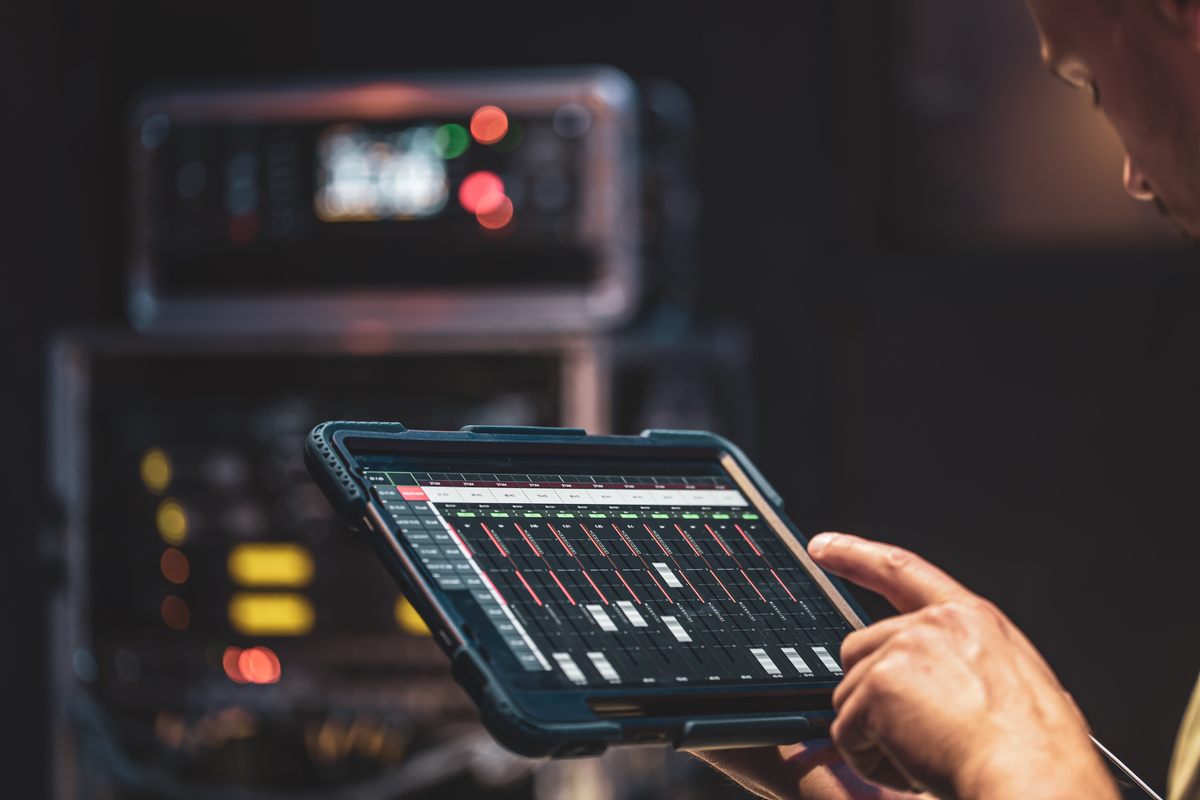
9. UbiqiSense – Smart Sensor System
Location: Denmark
The UbiqiSense Smart Sensor System represents a cutting-edge technology designed to discern the presence of individuals, objects, and behavioral patterns within a given space. With a primary focus on achieving energy efficiency, optimizing spatial usage, and delivering a seamless experience for tenants, this innovative sensor system sets itself apart in the realm of smart building solutions. By employing advanced sensing capabilities, the UbiqiSense system contributes to substantial energy reductions, making it a pivotal tool for sustainable and environmentally conscious building management.
One of the system’s key objectives is space optimization, ensuring that the available area is utilized to its maximum potential. Through real-time data analysis and intelligent insights, the UbiqiSense Smart Sensor System enables property managers and building administrators to make informed decisions regarding space allocation and usage, thereby enhancing overall operational efficiency.
Beyond its pragmatic functionalities, the UbiqiSense system places a significant emphasis on tenant experience. By seamlessly integrating with the built environment, the system contributes to the well-being and productivity of occupants. The sensors, attuned to detecting human presence and activity patterns, facilitate a responsive and adaptive environment that caters to the needs and preferences of the individuals within the space.
In conclusion, the UbiqiSense Smart Sensor System emerges as a comprehensive solution, embodying the principles of sustainability, efficiency, and user-centric design. Its capacity to detect, analyze, and optimize contributes to a smarter and more responsive built environment, ultimately fostering a harmonious blend of energy conservation, space utilization, and tenant well-being.
10. Rysta
Location: Denmark
RYSTA is dedicated to constructing healthy and sustainable buildings, prioritizing the well-being of present and future generations. Our innovative solution involves the provision of an Internet of Things (IoT) platform tailored for indoor air quality monitoring and building data analytics.
By seamlessly integrating smart sensors, advanced data analytics, and user-friendly graphical dashboards, RYSTA empowers customers to visualize their indoor air quality and optimize ventilation. This comprehensive approach ensures the creation of healthy, safe, and sustainable indoor working environments.
Our flagship product, RYSTA Protect, stands out as an indoor air quality monitor equipped with a CO2 traffic light system, specifically designed for educational institutions and businesses. In the wake of the pandemic, creating safe and secure spaces for collective activities has become challenging for schools and businesses alike.
RYSTA Protect addresses this challenge by assisting room occupants in optimizing ventilation, thereby reducing the risk of virus transmission. Its implementation instills peace of mind, assuring individuals that the indoor spaces they inhabit are safe.
The key benefits offered by RYSTA Protect include providing clarity on when and how long to ventilate, ensuring the safety of classrooms and offices, minimizing heat loss through well-adjusted ventilation, and promoting improved air quality. This, in turn, enhances concentration, counters allergies, and contributes to overall well-being. RYSTA’s commitment lies in fostering environments that prioritize health, safety, and sustainability for the benefit of current and future generations.
11. Aerial Tools ApS
Location: Denmark
The global emphasis on transitioning to green energy solutions has intensified in response to the critical demand for sustainable alternatives. Consequently, the renewable energy sector is experiencing rapid expansion to address this urgent requirement. The evolving energy infrastructure is becoming increasingly extensive and remote each year, exemplified by the significant growth of solar parks in Denmark. Projections indicate a tenfold increase in the dedicated area for solar parks in the country, expanding from 2,800 hectares to 24,000 hectares within this decade. By 2030, it is anticipated that 15% of Denmark’s energy production will be derived from solar energy.
However, the current inspection methods for these solar parks are antiquated, inefficient, and costly. Manual processes, still widely employed, are time-consuming and environmentally unsustainable. Commonly used drones in the inspection industry can only cover up to 16 hectares per day, with data processing taking weeks. In response to these challenges, some large infrastructures are considering airplane inspections, which are not only pollutant but also exorbitantly expensive, consuming a significant portion of the maintenance budget.
Our solution offers a more efficient and cost-effective approach to inspections through a next-generation aerial platform. Leveraging advanced drone technology and cutting-edge sensors, our in-house drone boasts a unique aerodynamic design, enabling it to cover 50 times more area than conventional drones. This results in a 60% reduction in inspection costs, rendering airplane inspections obsolete. Utilizing a patented modular payload interface unit, we can integrate new sensors to detect 50% more malfunctions compared to current thermography sensors. Additionally, we provide the option to implement IoT connectivity to the customer’s database for enhanced park management.
The primary advantage for our customers lies in the significant cost savings of €70,000 per inspection in energy losses. In a 300 MW solar park, our solution outperforms other drone inspections by providing customers with advanced notice of anomalies or malfunctions in the panels 18 days before they occur.
12. Nihax-Sensible
Location: Denmark
Nihax-Sensible is committed to revolutionizing the conventional sensor reading market by introducing groundbreaking software. This state-of-the-art software empowers users to effortlessly access and interpret data on their smart devices, facilitating the smooth transfer of information to desired destinations.
The vision involves phasing out traditional, bulky meter devices and initiating a paradigm shift by leveraging the capabilities of smartphones. The goal is to develop a sophisticated yet lightweight software solution that not only enhances user experience but also adds intelligence to the entire sensor reading process. By harnessing the computing power and connectivity of smartphones, they aim to provide a more dynamic and user-friendly alternative to established industry norms.
The disruptive potential of the software lies in its ability to streamline data collection and transmission, eliminating the need for cumbersome and specialized meter devices. This transition to a more agile and intelligent system promises not only cost-effectiveness but also opens up new possibilities for a variety of applications. The venture envisions a future where sensor readings are seamlessly integrated into the digital realm through the convenience and ubiquity of smartphones, ushering in a new era of efficiency and accessibility.
13. Leapcraft
Location: Denmark
Leapcraft’s innovative solution minimizes HVAC energy consumption through an A.I.-supported sensor fusion approach. At the heart of their technology is the LeapSense platform, a sophisticated system that amalgamates data from various sources, including indoor climate conditions, HVAC system performance, energy meters, and occupancy patterns. This comprehensive data integration empowers them to optimize the energy efficiency of buildings by forecasting occupancy trends, heat mass, and distribution data, aligning them with occupant thermal comfort targets across different seasons.
The A.I. approach introduced by them establishes a dynamic balance of diverse requirements, providing forecasts up to 48 hours in advance. This capability allows for real-time adjustments to set points, energy retention strategies, and peak load shaving, enhancing overall operational efficiency. Remarkably, their system is versatile, seamlessly adapting to existing heating or cooling solutions by integrating with current controllers and interfacing with Building Management Systems (BMS) where necessary, or operating independently in a closed loop.
Notably, their expertise extends to natural and mechanical ventilation, as well as heat pump-based approaches. What sets their approach apart is their ability to address the operational carbon footprint without compromising the comfort and health of building occupants. Equally significant is its retrofittable nature, providing a scalable modular solution that avoids the need for extensive upfront changes or investments. Their commitment lies in delivering sustainable, energy-efficient solutions that prioritize both environmental impact and user well-being.
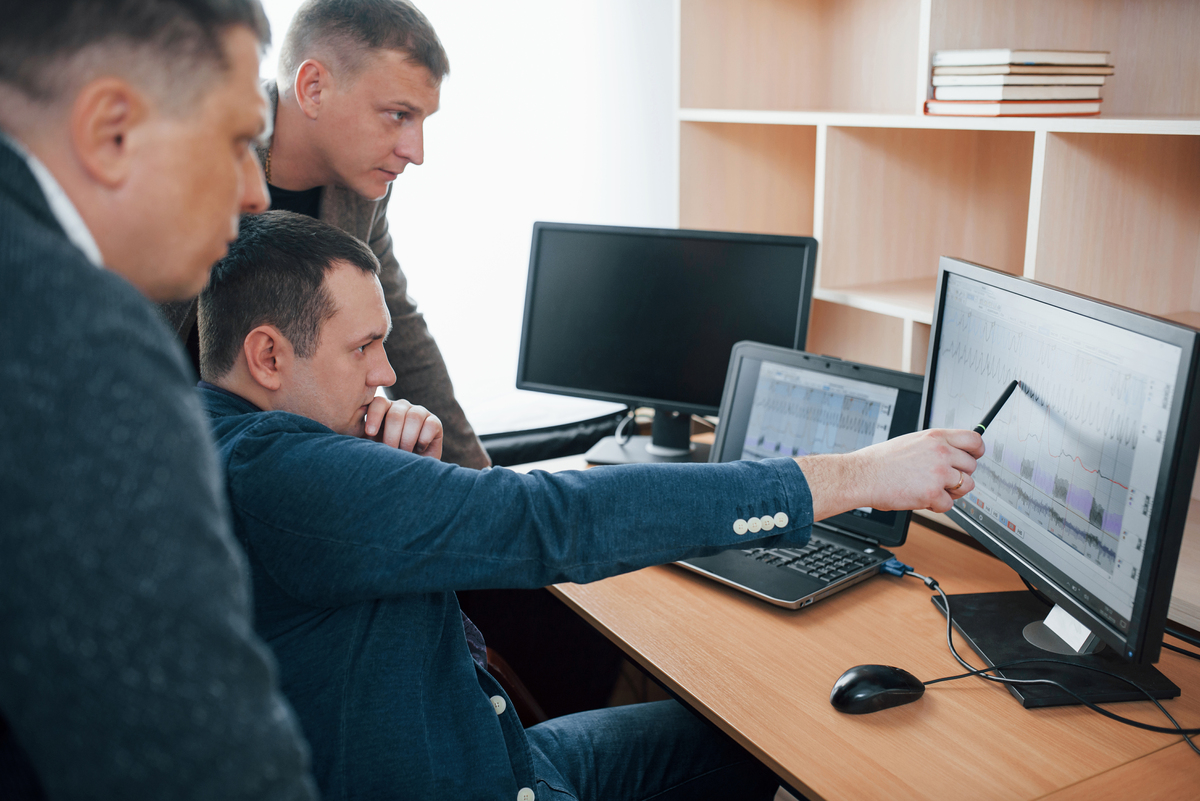
Conclusion
In conclusion, the overview of sensor technology reveals its pervasive influence across diverse industries, revolutionizing the way we collect and interpret data for decision-making and automation. The taxonomy of sensor types, encompassing temperature, pressure, motion, proximity, light, biometric, and gas sensors, highlights their versatility in meeting specific application needs. Understanding the working principles, from resistive and capacitive to optical and piezoelectric, provides insight into the diverse mechanisms that underpin sensor functionality.
The broad applications of this technology, from automotive and healthcare to industrial automation, smart cities, and consumer electronics, underscore its ubiquity and transformative impact on various sectors. These are not just instruments; they are enablers of innovation and efficiency, contributing to the creation of smarter, safer, and more connected environments.
Looking towards the future, the emerging trends in this technology, such as the Internet of Things (IoT), artificial intelligence (AI), and flexible, wearable sensors, indicate a continued trajectory of innovation. The challenges of energy efficiency, data security, and miniaturization remain focal points for ongoing research and development.
In the ever-expanding landscape of sensor technology, the companies outlined in this article exemplify not only current advancements but also the potential for shaping a more connected, efficient, and sustainable future. As we anticipate further breakthroughs, the collaboration between innovative companies and evolving technologies will undoubtedly play a pivotal role in defining the next chapter of this technology. The journey towards creating smarter, more responsive systems is ongoing, and it will continue to be at the forefront of this transformative journey.
Suggested article for reading:
Top Sensor Companies in Denmark
Environmental Sensors; Comprehensive Guide 2024
Resources:
Sweden Business Directory | EU Startups | Tracxn | F6S | Crunchbase | Indutrade
For all the pictures: Freepik

